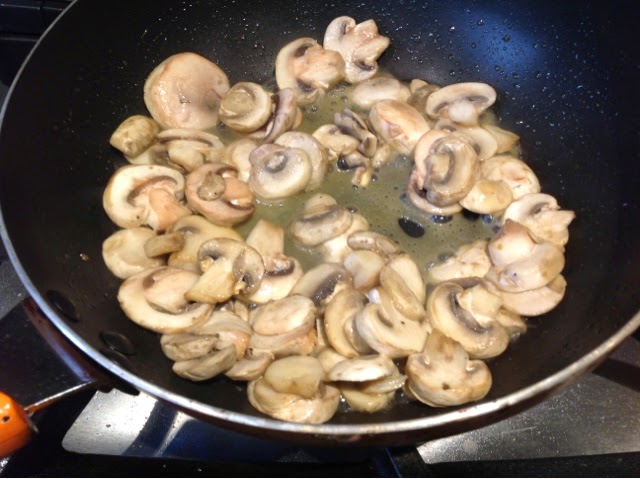
Meaningful Traditions and Symbolic Objects of Hanukkah
The Hanukkiah (Hanukkah Menorah)
A nine-branched candle holder, called a hanukkiah or menorah, is lit over the eight nights of Hanukkah. One candle is added each evening and lit with the tallest candle called shamash, or helper candle. The growing light represents hope, resilience, and the miracle that took place on Hanukkah. It is customary to place the menorah in a window to share the story of Hanukkah publicly. Some families also display an electric Hanukkiah/Menorah.
Oil and Traditional Hanukkah Foods
Because oil is central to the Hanukkah story, it is customary to eat foods fried in oil during the holiday. Popular Hanukkah foods include potato latkes (pancakes) and jelly-filled donuts known in Hebrew as sufganiyot.
Since I don't eat fried foods, I came up with an air-fryer version for crispy air-fryer vegan potato latkes .
The Dreidel
A dreidel is a four-sided spinning top with Hebrew letters on it—Nun, Gimel, Hey, and Shin—which stand for “Nes Gadol Haya Sham,” meaning “A great miracle happened there.” Playing dreidel is a traditional Hanukkah game, especially enjoyed by children. Children often play with Chanukah gelt.

Hanukkah Gelt
Gelt, often chocolate coins or small amounts of money, is given to children during Hanukkah. It symbolizes reward, generosity, and remembrance of Jewish history. It is often used to play dreidel. When I was young (60 years ago), we used nuts with shells to play. People didn't eat as much candy.
Blessings and Hanukkah Songs
Each night, families recite blessings before lighting the candles, followed by traditional Hanukkah songs that celebrate joy, gratitude, and the miracle of light.
Together, these Hanukkah traditions and symbolic objects help us remember the story of the holiday and reinforce its timeless message: even a small light can overcome darkness.
Like Christmas, in modern times, it has become customary to exchange gifts during Chanukah.
 |
| Translated from an originally Yiddish song from Europe called, OY Chanukah! |
 |
| Part of the Hanukkah decoration in a nearby park in Sunny Isles, Florida Chanukah this year is December 14- Dec 22, 2025 |























.JPG)






%2B(1).jpg)











